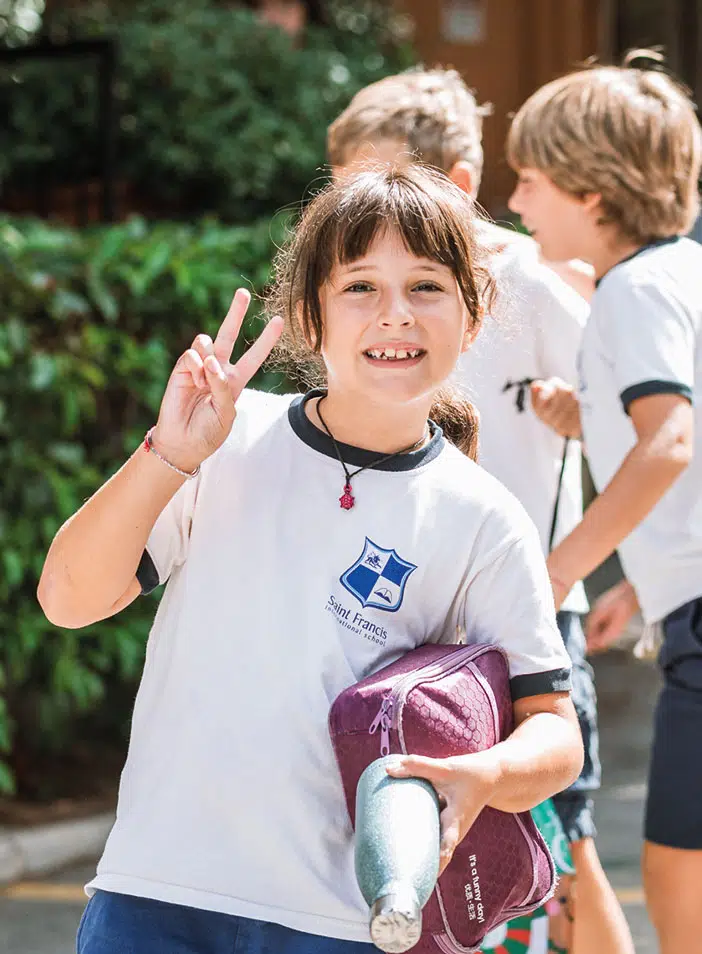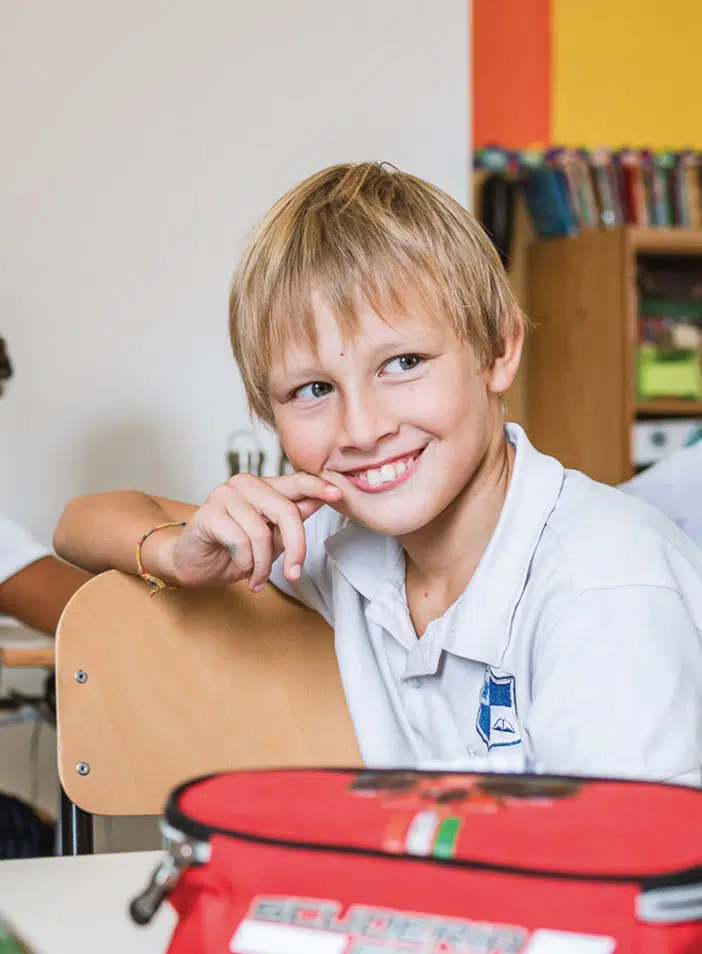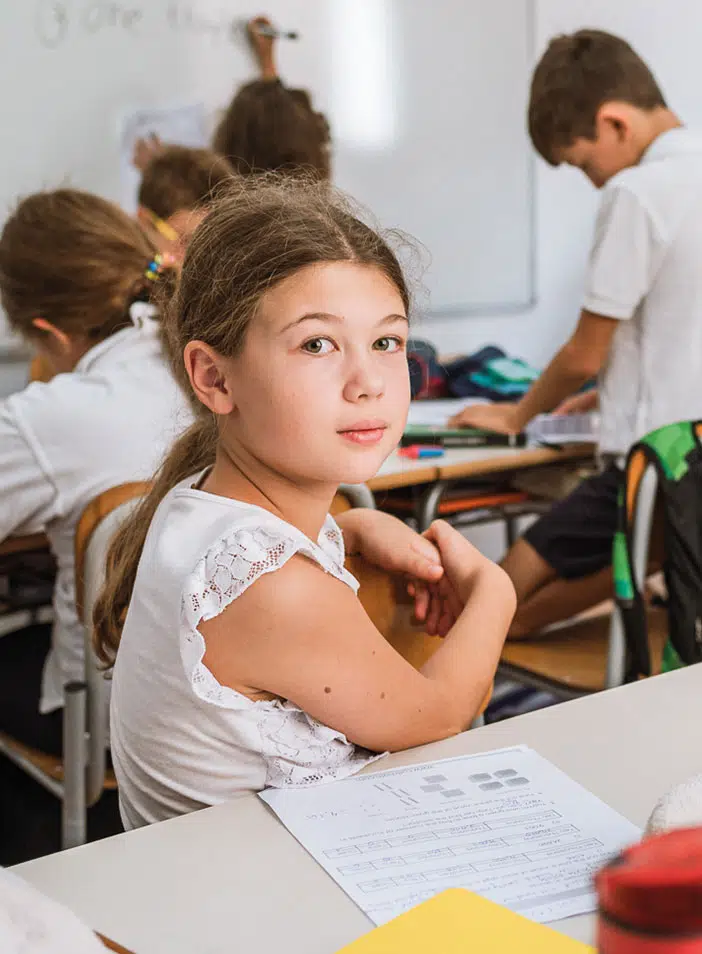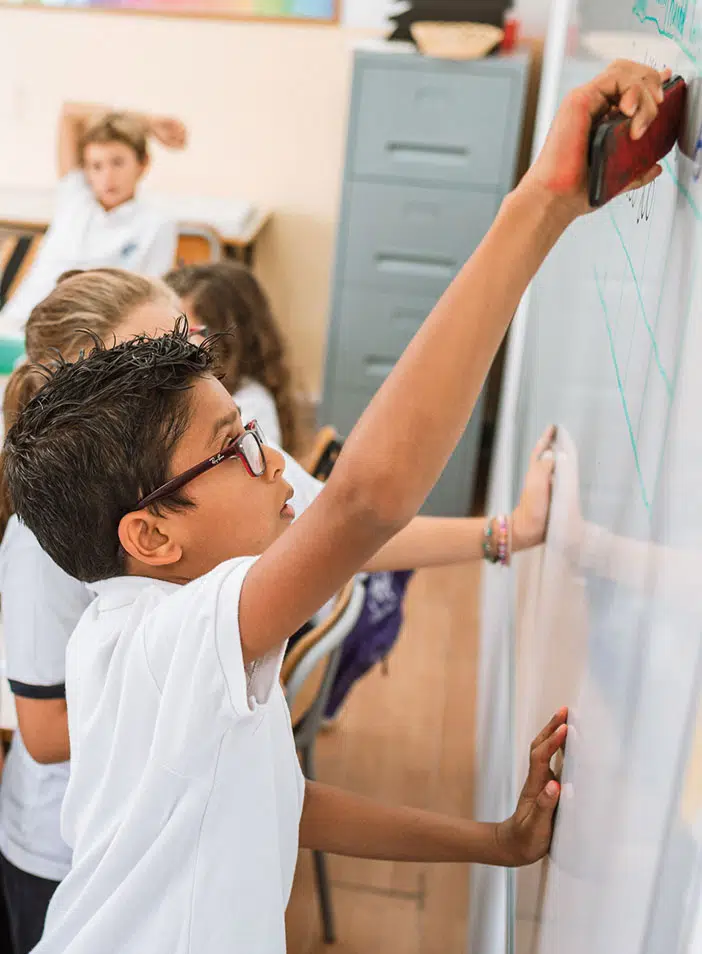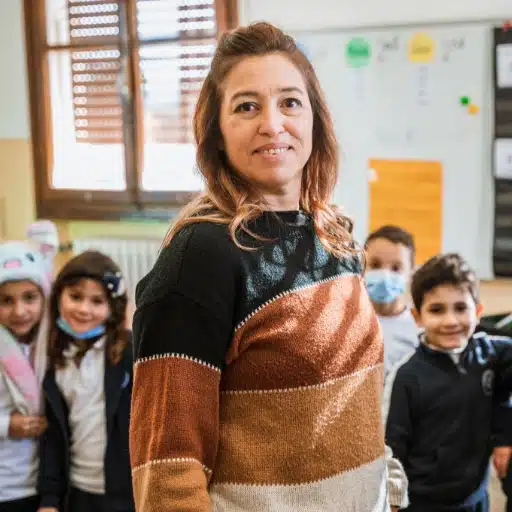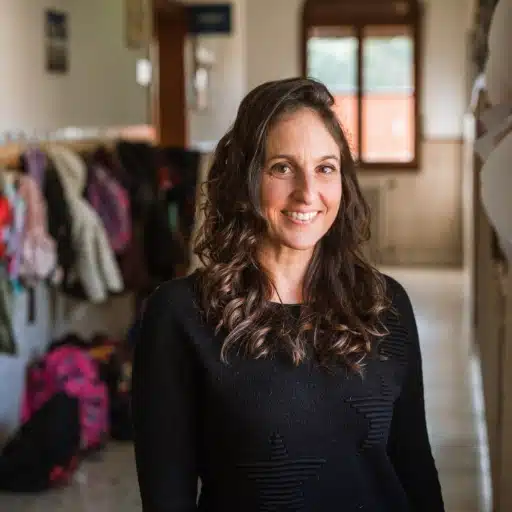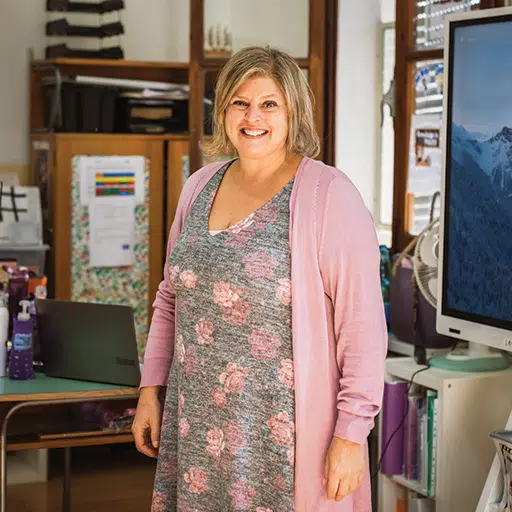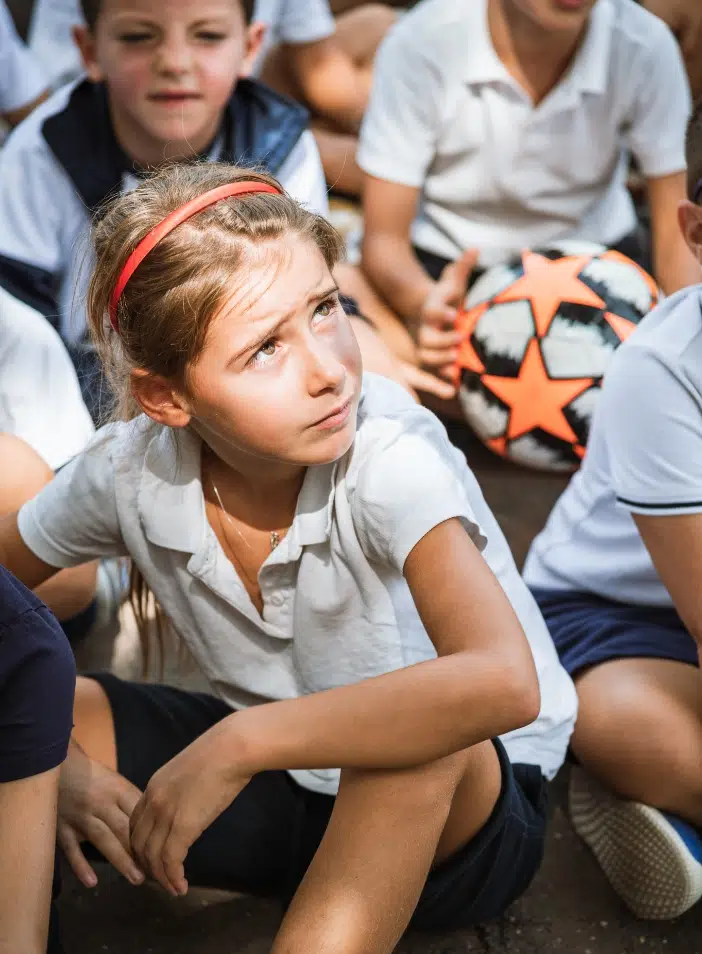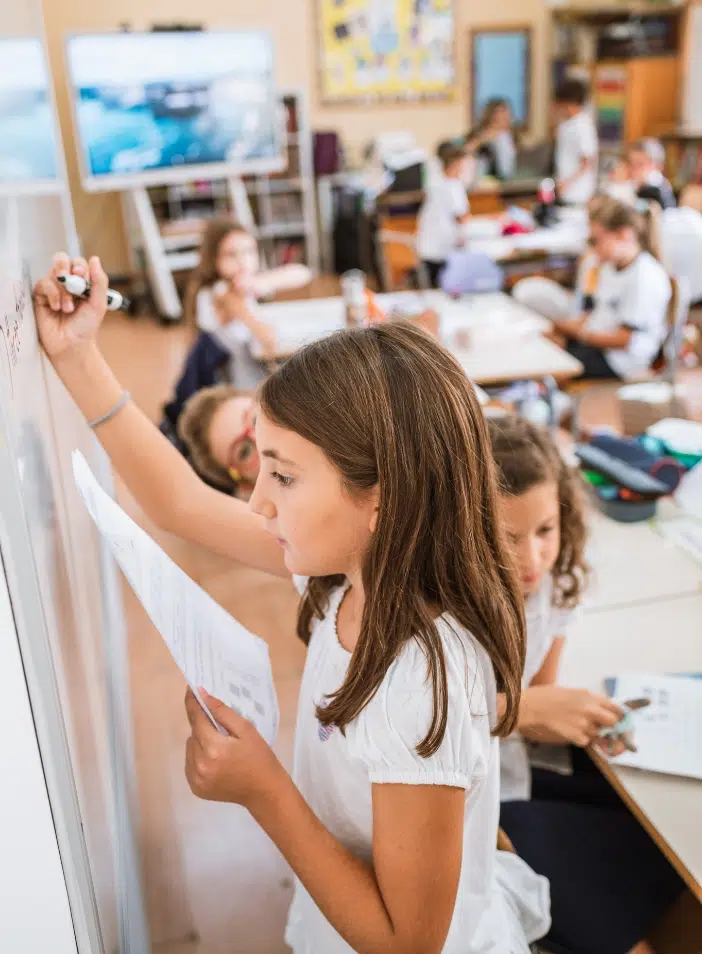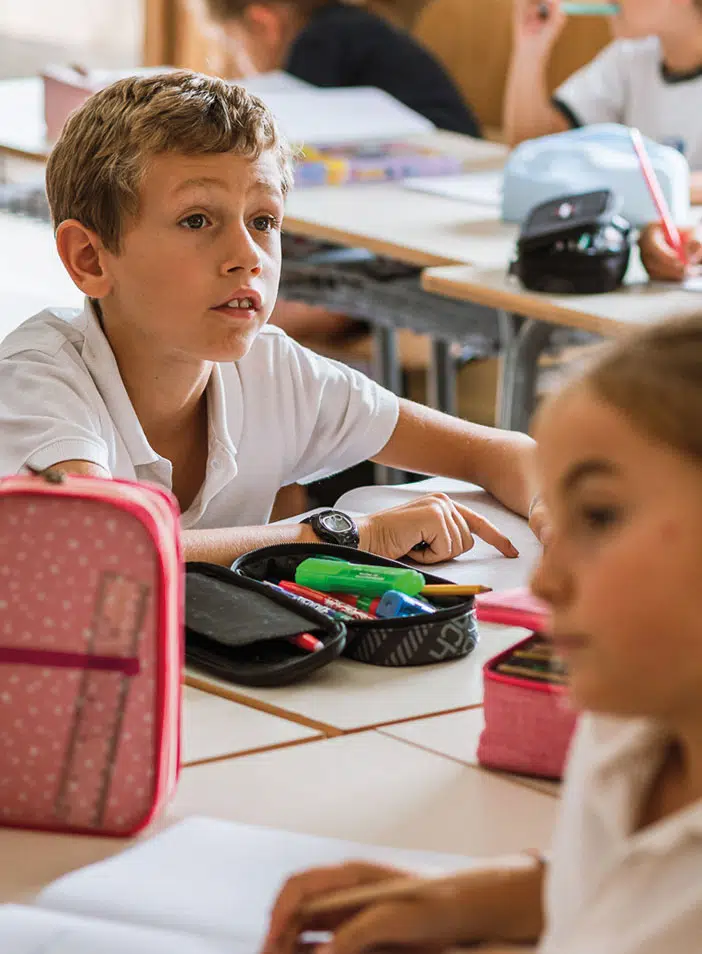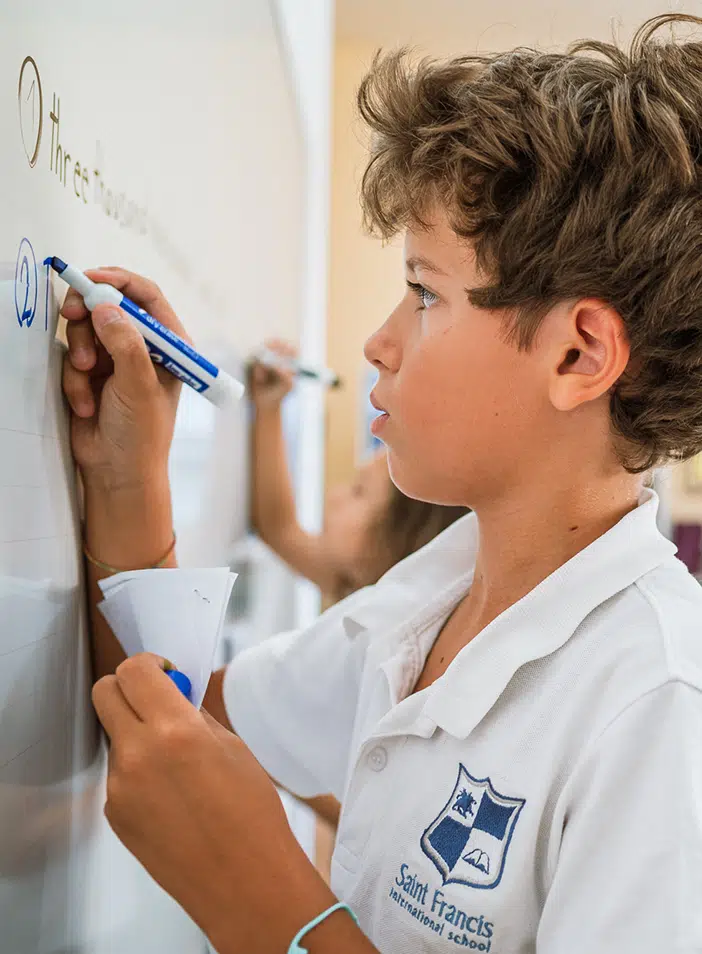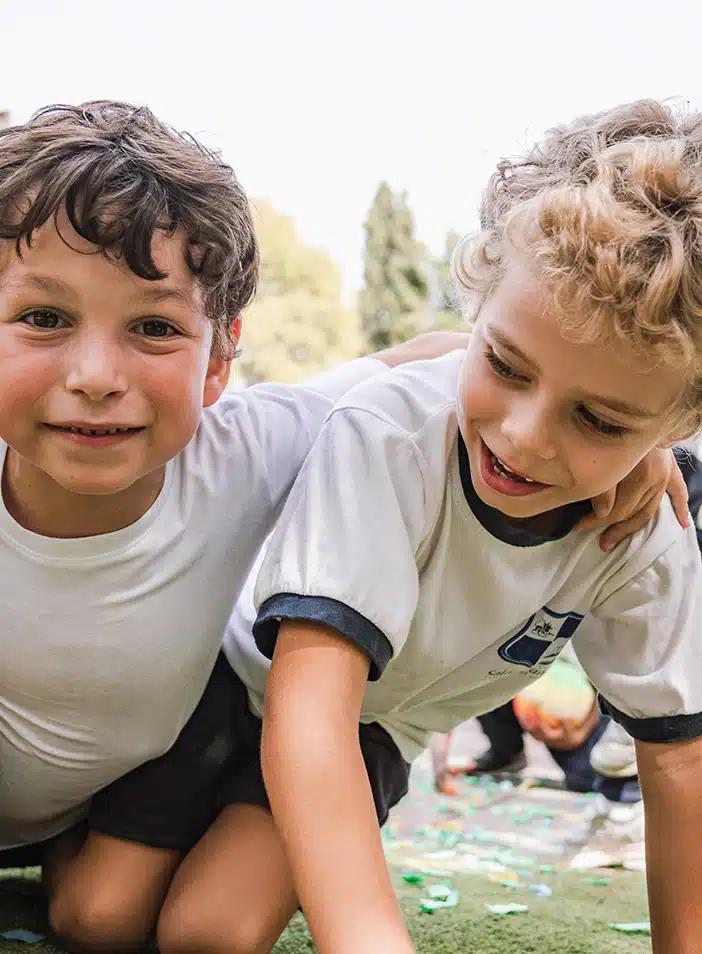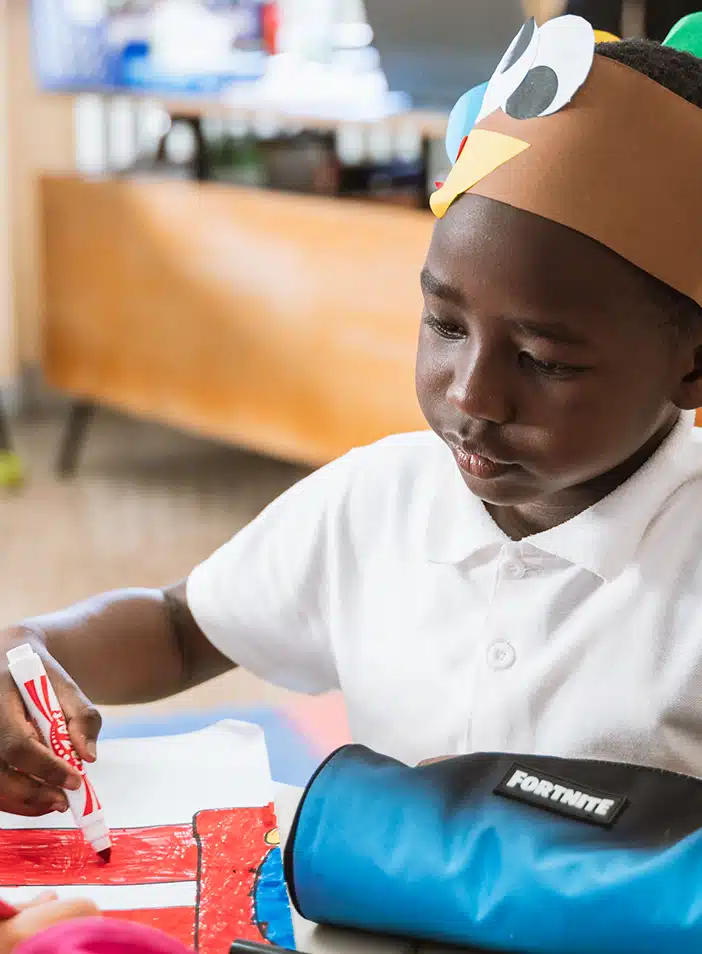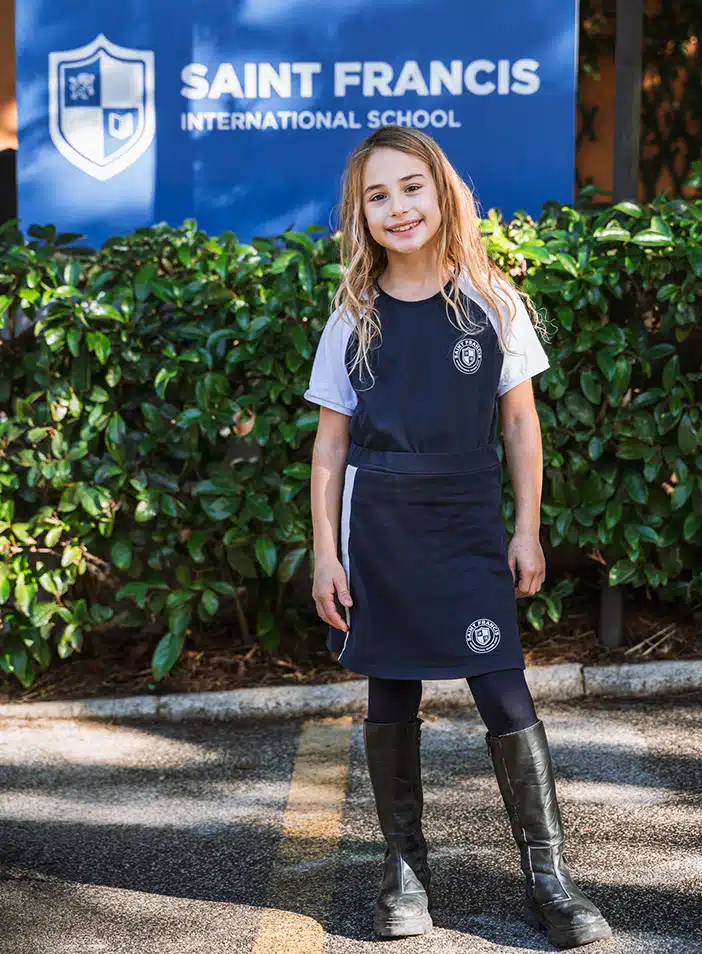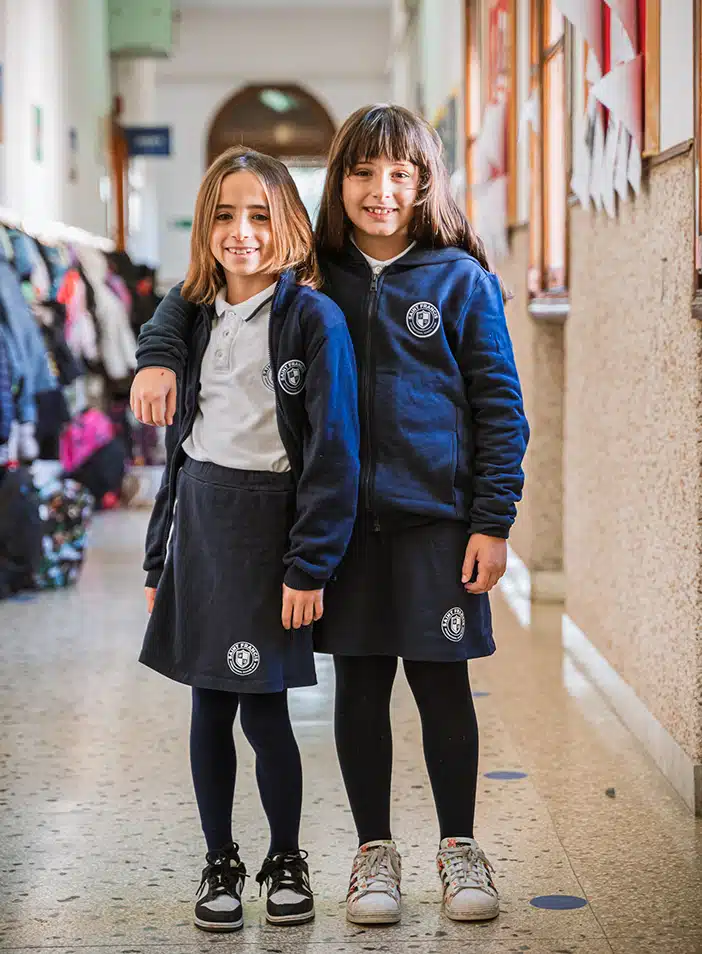Number sense and numeration
by the end of grade 4, students will:
- Represent, compare, and order whole numbers to 10,000, using a variety of tools
- Demonstrate an understanding of place value in whole numbers and decimal numbers from 0.1 to 10,000 using a variety of tools and strategies
- Read and print in words whole numbers to one thousand
- Round four-digit whole numbers to the nearest ten, hundred, and thousand in problems
- Represent, compare and order fractions using concrete materials, words, and standard fractional notation
- Demonstrate and explain the relationship between equivalent fractions
- Solve problems that arise from real-life situations and that relate to the magnitude of wholenumbers up to 10,000
- Add and subtract two-digit numbers, using a variety of mental strategies
- Read and represent, add and subtract money amounts by making simulated purchases and providing change for amounts up to 100 euro
- Multiply to 12×12 and divide to 81 by 9
- Solve problems involving the multiplication of one-digit whole numbers
- Multiply whole numbers by 10, 100, and 1000, and divide whole numbers by 10 and 100
- Multiply two and three digit whole numbers by one, two and three digit whole numbers
- Divide two and three digit whole numbers by one and two digit whole numbers
- To begin to use estimation when solving problems and explain, through investigation, the relationship between fractions and decimals to tenths
Measurement
by the end of grade 4, students will:
- Estimate, measure, and record length, height, and distance, using standard units
- Draw items using a ruler, given specific lengths in millimetres or centimetres
- Estimate, measure and represent time intervals and elapsed time to the nearest minute
- Estimate, measure and record the perimeter and area of polygons
- Estimate, measure and record the mass of objects, using the standard units
- Estimate, measure and record the capacity of containers, using the standard units
- Estimate, measure using concrete materials, and record volume
- Describe through investigation, the relationship between various units of length
- Begin to determine, through investigation, the relationship between the side lengths of a rectangle and its perimeter and area
- Solve problems involving the relationship between years and decades and centuries
Geometry
by the end of grade 4, students will:
- Draw the lines of symmetry of two-dimensional shapes
- Identify and compare different types of quadrilaterals
- Identify benchmark angles using a reference tool and compare other angles to these benchmarks
- Identify and describe prisms and pyramids, and classify them by their geometric properties
- Construct three-dimensional figures from a picture or model of the figure
- Identify and describe the general location of an object using a grid system
- Create and analyse symmetrical designs
Patterning and algebra
by the end of grade 4, students will:
- Create a number pattern involving addition, subtraction, or multiplication, given a pattern rule expressed in words
- Determine through investigation, the inverse relationship between multiplication and division
- Determine the missing number in equations involving multiplication
- Identify, through investigation and use the commutative property of multiplication
- Identify, through investigation and use the distributive property of multiplication over addition
Data management and probability
by the end of grade 4, students will:
- Begin to collect and organize discrete primary data and display the data in charts, tables, and graphs that have appropriate titles, labels, and scales
- Read, interpret, and draw conclusions from primary data and from secondary data
- Compare similarities and differences between two related sets of data, using a variety ofstrategies
- Demonstrate, through investigation, an understanding of median
- Predict the frequency of an outcome in a simple probability experiment, explaining their reasoning; conduct the experiment; and compare the result with the prediction
